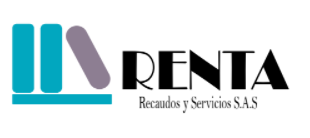The boardroom is a key place for high-level meetings and strategic discussions among the company’s leadership. Depending on the organization’s size and culture, the boardroom can be utilized for creative brainstorming sessions and brief meetings.
Board of Directors (BoD) duties include managing a company, protecting the interests and rights of shareholders, ensuring compliance with laws and regulations, and protecting proprietary data. The B of D is an influential group of individuals who make decisions that affect all stakeholders, from employees of the company hop over to these guys to the shareholders. Boardroom meetings are usually formal and follow a rigid agenda that is standardized and adhere to Robert’s Rules of Order or other similar parliamentary guidelines.
The term boardroom is used to refer to a meeting space specifically designed to accommodate the board of directors. These rooms typically have large-screen televisions and presentation systems as well as specialized equipment, such as Bloomberg terminals that allow stock market quotations.
While conference rooms and boardrooms serve similar purposes, they differ in several ways, including size, layout and integration of technology. Understanding these differences can help businesses better manage and allocate the space to meet their needs. They can also integrate these spaces into advanced office management software to streamline the reservation process. This ensures that everyone has access the most efficient spaces for collaboration.
